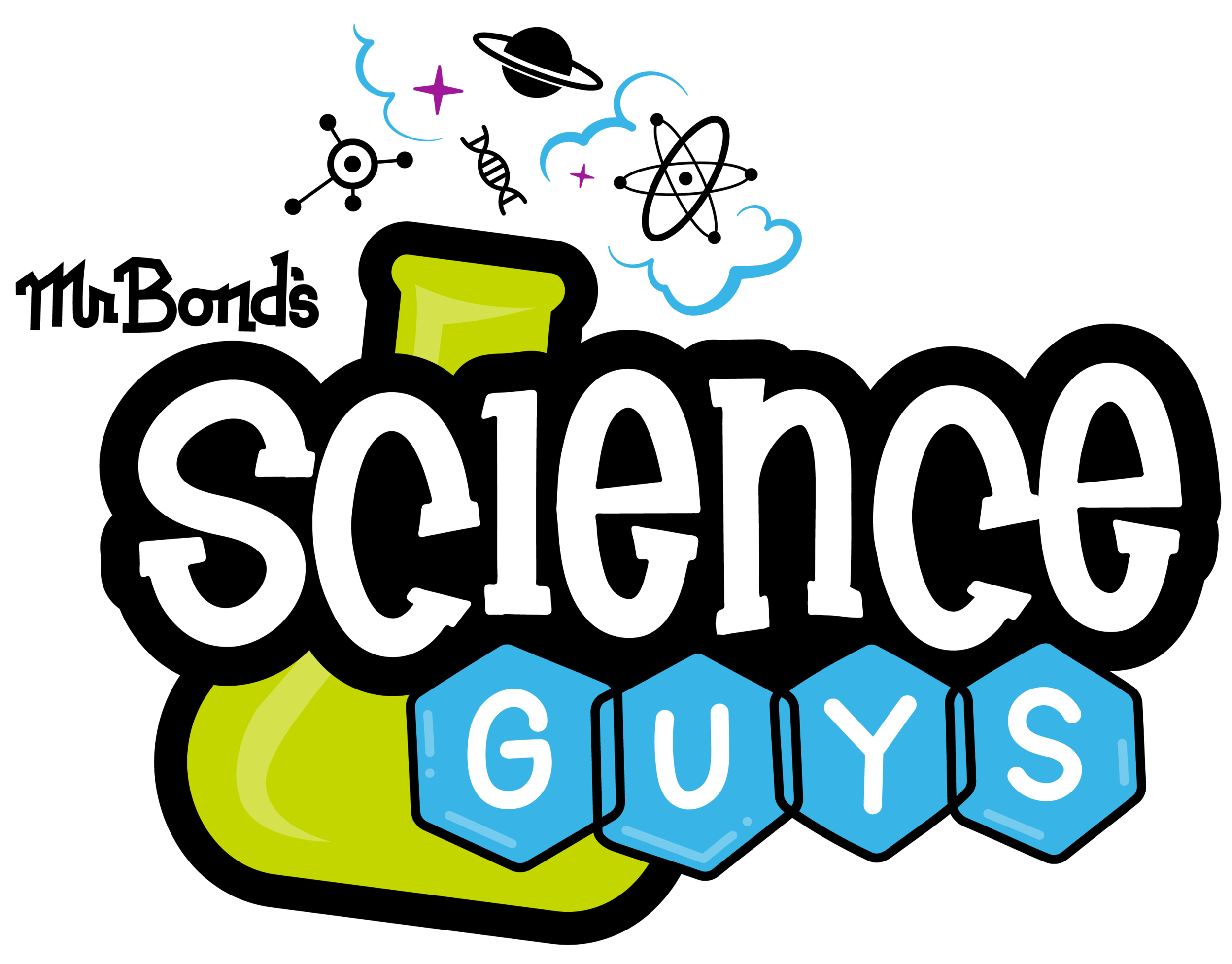The Science of Pasta Making
Explore the tasty side of science in this fun hands-on experiment!
Supplies:
1 cup Flour
2 Eggs
1 tsp. Oil
Salt
Butter
Now follow these steps:
Step 1: Measure 1 cup of flour into a bowl
Step 2: Use an egg to make a well/crater in the middle of the flour
Step 3: Crack the two eggs into the flour, add a tsp. of oil and a big pinch of salt.
Step 4: Use a fork to break the eggs up, then slowly mix the flour into the egg mixture. When the flour is mostly incorporated, you can flour your hands and slowly mash it into a more solid ball. Then you can turn it out on a clean, smooth counter that has been lightly dusted with flour.
Step 5: Knead the dough by folding it in half, pressing forward and into it with the heel of your hand, then rotating the dough 90 degrees (a quarter turn) and repeat, applying a little more flour at a time if it’s sticking to your hands or the table. To tell when you’re done kneading, use the corners of your hands to tuck all the edges under the dough, making a nice, smooth and taut dough ball.
Step 6: Test if enough gluten has been developed with the poke test! Poke the dough ball up to 1.5 inches in then remove your finger. The dough should bounce back almost all the way if enough gluten has been developed. If not, keep kneading.
Step 7: When the dough is all done being kneaded, coat the outside in a very light layer of flour, then wrap it in plastic or put it in a Ziplock bag to rest for at least 30 min, up to 2 hours (if you want to use the dough later in the day or another day, let it rest in the fridge, but pull it out 30 min before you’re ready to shape pasta or it will be very hard to work with).
Step 8: Pull off a pea-sized ball of dough from that, place it in the center of your palm, press the middle of the ball with the flat part, not tip, of your index finger, and pull your finger towards yourself while pressing. A little bit of dough should curl over the edge of your finger. Carefully pull the dough off your finger and put it onto a baking sheet or large plate, and you’re done! You just made an Orecchiette, which is Italian for “little ear”! Now keep making orecchiette until you can’t make any more.
*It’s important to make sure the pasta doesn’t touch each other on the tray, otherwise it will start to stick together*
Step 9: When you’re almost done shaping the pasta, have an adult put a large pot of water on the stove, and bring it to a boil over high heat. When it’s boiling, add a tablespoon or two of salt
Step 10: Add your pasta to the water, stirring it a little, until the water comes back up to a boil. When it returns to a boil, set a timer for about 4 minutes (add or subtract a minute if yours are larger or smaller than mine), then taste one. If it still tastes starchy and like raw dough, it is not yet done, so give it another minute or two before tasting again. When the pasta are cooked, remove them from the water with a slotted spoon or strainer.
Serve and toss with a little butter, until it’s all melted and the pasta are nicely coated. Taste, and add salt, pepper, and/or cheese if you like.
Here’s what’s happening:
Gluten is a combination of the natural proteins found in the wheat that makes our flour. Gluten molecules are activated when flour is moistened and either kneaded or mixed. When activated the glutens stretch out as the proteins form longer and longer chains.
These long protein chains are very stretchy, or elastic, which is why you can stretch out a piece of dough without it breaking or tearing.
This elastic property of gluten then works with the gases produced by yeast or another leavening agent. The gases inflate these gluten balloons, which is what causes dough to rise. Finally, when it's baked, the dough hardens in its inflated state, giving the bread its fluffy structure.
Water molecules (blue) form a spongy structure with two gluten proteins: glutenin (red) and gliadin (orange)
Visit our YouTube Channel to see more DIY Science!





